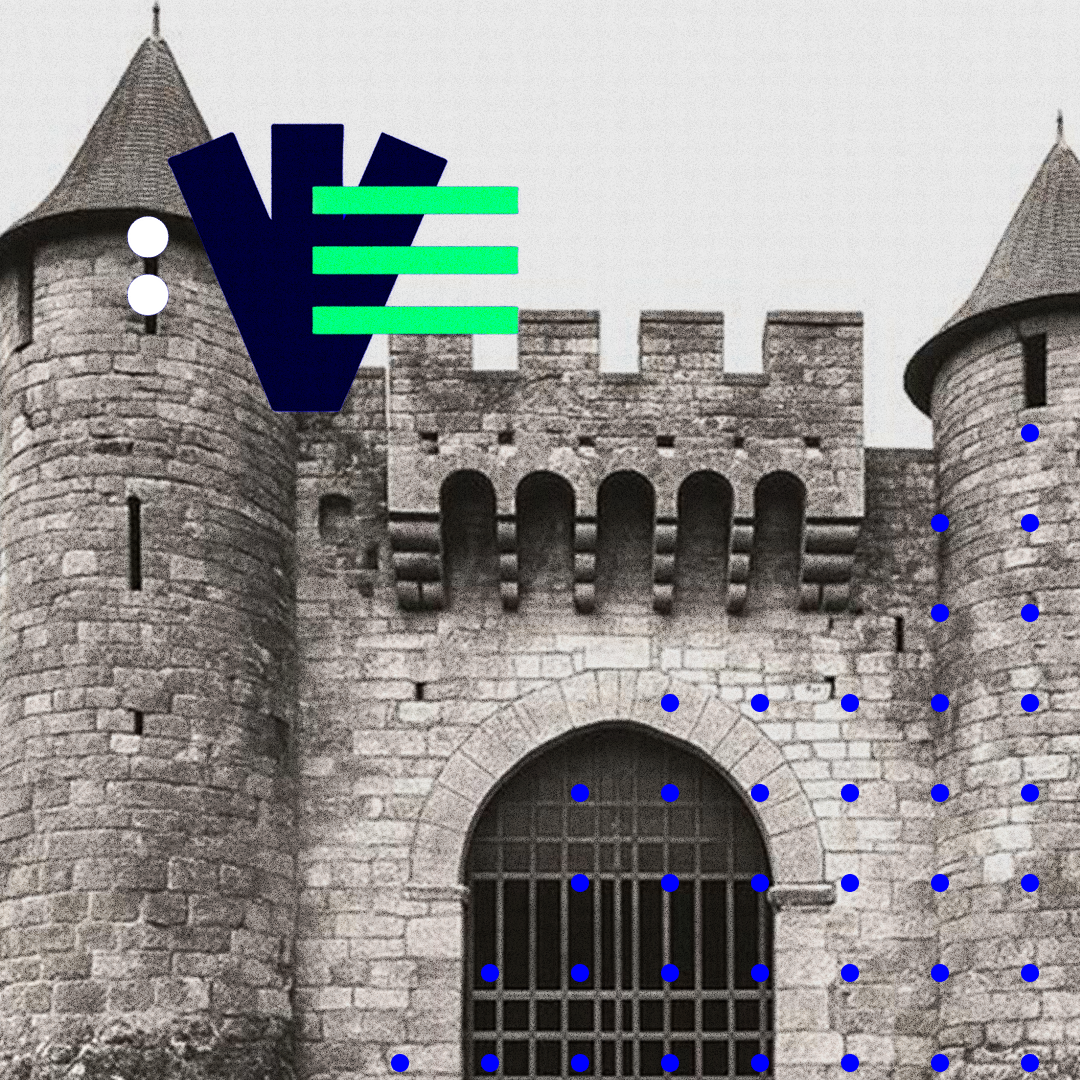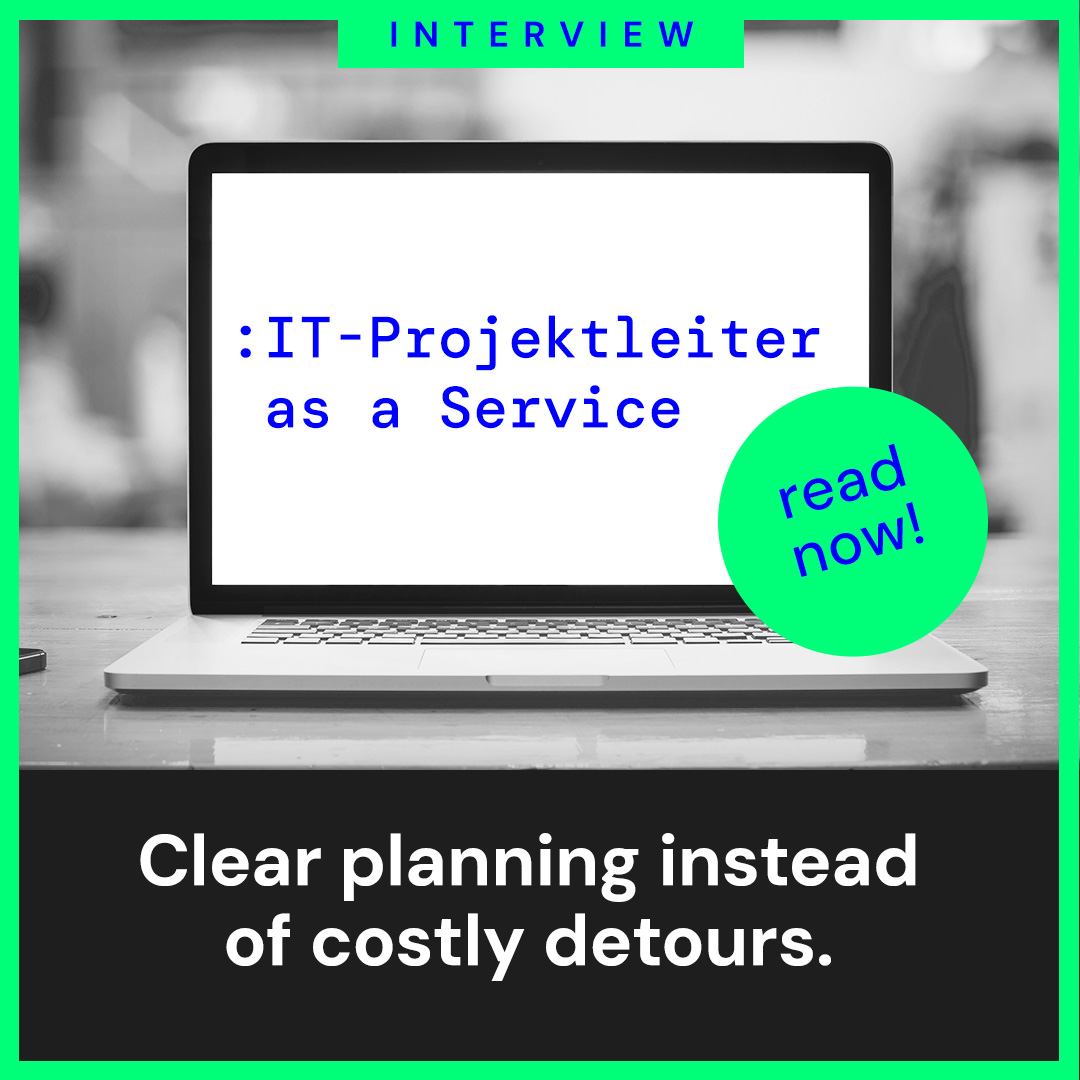How Security Architecture Prevents a Patchwork Approach
How can I implement IT security measures more efficiently? Why Structure Beats Tool Overload as the Key to Lasting IT Security
3 min read
 Martin Buck
:
Jun 18, 2025 3:05:43 PM
Martin Buck
:
Jun 18, 2025 3:05:43 PM

We all agree that having a security strategy makes sense. Yet, we rarely take the time to create a formal version or update an existing one. However, there are specific triggers that mean you really shouldn’t put it off any longer.
In this interview, you’ll learn about the concrete situations that require action—and how to proceed most effectively.
_A common trigger is an “aha moment” affecting multiple stakeholders—such as surprising audit results, whether from a penetration test or a certification audit. New business requirements can also necessitate a strategic reassessment— for example, when especially sensitive data is newly processed or when processes are being automated.
Automation of processes with new IT and OT systems
Use of artificial intelligence in decision-making processes
Handling of sensitive data such as health or location information
New business area or business model
Change in leadership
Mergers and acquisitions
_Yes, significant events in the company’s environment are also reasons to reassess—such as:
Media reports about cyberattacks on competitors
New regulatory frameworks (e.g., nDSG, ISG, NIS2, CRA)
External threats like terrorist attacks, pandemics, or supply chain disruptions
Major cyber incidents (e.g., ransomware, data breaches)
And last but not least: technological progress.
_Some strategies simply become outdated. New technologies or paradigms fundamentally change the requirements for security architecture. Examples from recent years include:
The rise of AI-powered tools
Zero Trust Enterprise Architecture
Consolidation towards SASE
Advances in quantum computing
But attackers also use new technologies. This calls for strategic responses such as:
Phishing-resistant authentication methods
Privileged Access Management
Security for OT and IoT environments
Business Continuity Planning
For more in-depth insights into security strategy, check out our whitepaper: "Building Resilience with the Right Strategy: Setting Up IT Security Effectively".
_As a CISO or CIO, of course, I have a vision for the next three to five years. But strategies that exist only in people’s heads rarely work in practice, because they’re not aligned across the team. The firewall expert has different priorities than the backup specialist, and executive management or the board have yet other expectations.
A formal, documented, and approved information and ICT security strategy brings everyone to the table. It fosters consensus, enables coordinated action, and prevents conflicting goals. A good strategy prioritizes measures based on legal requirements, risks, technical dependencies, as well as time and budget constraints—and places them on a realistic timeline.
_There’s no fixed time frame—a good strategy should be dynamic and adaptable. But planning for just one year is usually not enough.
In practice, a planning horizon of 3 to 7 years has proven effective. Strategic goals are set for this period, along with an annual action plan. Detailed planning then takes place each year, aligned with the specific project streams to be implemented.
After earning his degree in Computer Science and Business Administration in Germany, Martin Buck became a partner at AVANTEC AG and worked hands-on as an IT Security Engineer. He later held roles in sales and served as a Senior ICT Architect at Sidarion AG. In 2018, he joined BNC as Sales Director for Zurich and subsequently became Head of the Competence Center Security.

A formal security strategy is more than a “nice-to-have” – it’s the foundation for coordinated, purpose-driven action across the organization. As Martin Buck explains, strategic planning shouldn’t just be reactive, but also proactive and forward-looking. After all, security doesn’t happen by chance – it’s the result of smart decisions based on clear priorities.

How can I implement IT security measures more efficiently? Why Structure Beats Tool Overload as the Key to Lasting IT Security

Your sparring partner for IT and security projects Where companies stumble in IT security – and how BNC’s architecture and implementation guidance...

ISO/IEC 27001:2022 and BNC - Building Trust in the Digital Era Addressing the Constant Threat of Data Breaches through Common Standards In the...